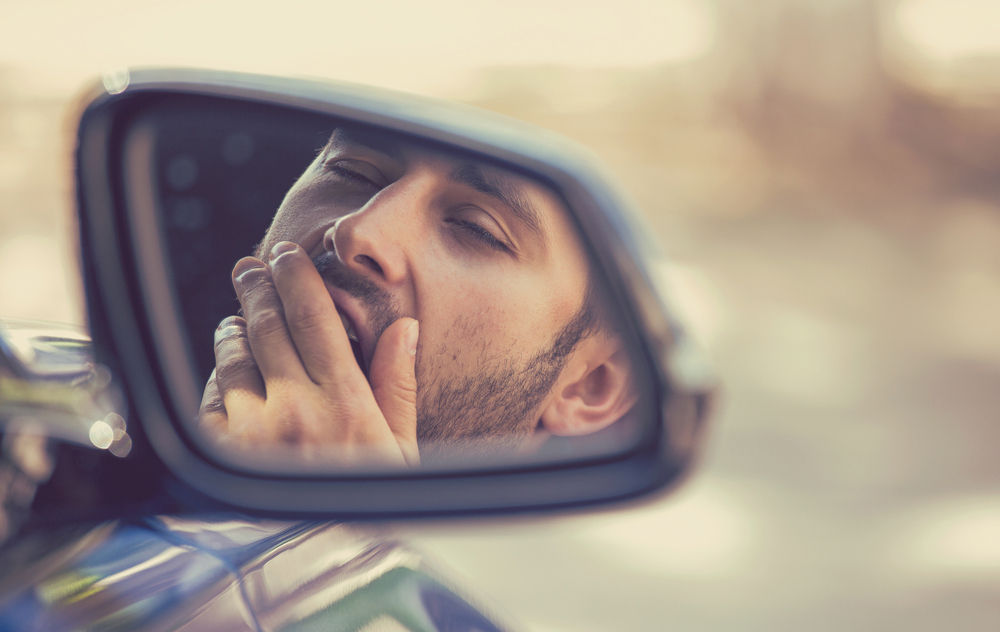
Putting drowsy driving to rest
Richard Hipkiss, Managing Director at Fleet Operations, considers the dangers of driving whilst tired and advises companies on how to help drivers stay alert at the wheel.
We are all familiar with the big blue signs on motorways up and down the country reminding us that ‘Tiredness Kills’ and urging us to ‘Take a Break’.
The trouble is, unlike the widely-publicised and appreciated dangers of drink and drug driving, driving whilst drowsy – which can be just as risky – is still too often overlooked.
Fatigue can have a similar negative impact on the person’s ability to drive as alcohol. According to the National Sleep Foundation, being awake for 18 hours straight makes drivers drive like they have a blood alcohol level of .05 (for reference, .08 is considered drunk). For drivers who have been awake for a full 24 hours and drive, it’s like having a blood alcohol level of .10.
This considered, it is worrying that one in eight (13%) of UK drivers admit to falling asleep at the wheel, according to research by the AA Charitable Trust.
Furthermore, nearly two-fifths (37%) say they have been so tired they have been scared they would fall asleep when driving.
Driving whilst tired – and in particular nodding off at the wheel – can have serious consequences, resulting in accidents, injuries and even fatalities. In fact, one in five accidents on major roads are caused by tiredness, according to the trust.
Driver fatigue presents a very real and relevant challenge for anyone running a fleet of vehicles, particularly given the sobering fact that about 40% of sleep-related accidents involve commercial vehicles (Think!).
Most employers will have a road safety policy which should lay down rules to help prevent fatigue-related incidents. But drivers need to take proactive steps to reduce the chances of driving whilst tired and know when to take swift action.
Below are some helpful tips to pass on to your fleet drivers.
Staying alert at the wheel:
- The most obvious but important tip is to get enough sleep. Research by Aviva shows that drivers who only get 5-6 hours sleep the night before driving are 3.3 times more likely to be involved in a crash. Between 2am and 6am and 2pm and 4pm, the internal clock promotes sleepiness, so drivers should also try and avoid driving at these ‘peak fatigue’ times, where possible.
- It is important that drivers take regular, appropriate breaks. The AA Trust advises that drivers plan regular fifteen-minute breaks in journeys over three hours and aim to stop every two hours or so. When drivers get to the stop, get out of the car for a brisk walk and stretch. Try to avoid heavy meals, as these are more likely to make increase sleepiness, and instead opt for lights meals and snacks.
- Recognise the signs of tiredness, such as slower reaction times, yawning or heavy eyes, lack of concentration, variations in speed, irritated mood, or lane drifting. When these symptoms arise, don’t delay in taking action.
Stop when you’re tired:
- Contrary to popular belief, opening a window or turning up the radio will not effectively fight fatigue. Only sleep can cure this. Being tempted to do this to be more alert is a clear indication that the body needs a break.
- At the first signs of tiredness, stop in a safe place and take some time out. The AA Trust recommends that drivers consume two cups of coffee or an equivalent caffeinated drink and to take a 15-20 minute nap, giving the caffeine time to take effect. Before setting off on the journey again, take a walk.
Whilst companies may offer advice on driving whilst tired in the employee handbook, these messages must be reinforced in order to be effective. Sending regular risk reminders to drivers is a good way of encouraging positive and safe behaviours, whilst positioning the company as a responsible and diligent employer.
